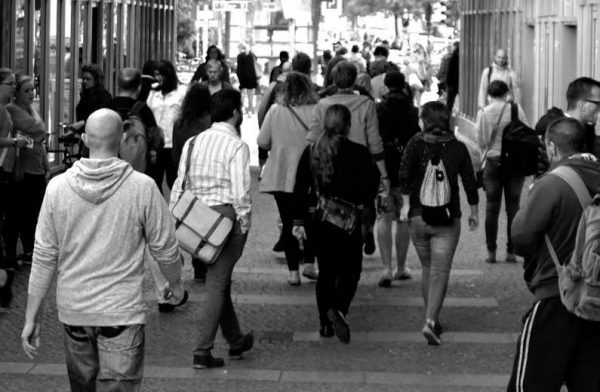San Gabriel Valley, which lies east of the city of Los Angeles in California, has a larger Asian American population than 42 states and the cities of Los Angeles, San Francisco and Chicago, according to a new report by Asian Americans Advancing Justice.
The mostly immigrant community — two-thirds of the more-than half-million Asian American, Native Hawaiian and Pacific Islanders who call San Gabriel Valley home were born outside the U.S. — faces increasing challenges, from wealth disparities between groups within the APA population, language barriers and educational attainment to poverty and affordable housing, even as their economic contributions and voting power grow.
According to the report, which is largely based on census data, 12 cities in the valley are now majority Asian American, who number about 525,000 in the region. An additional 7,000 Native Hawaiians and Pacific Islanders also call the area home.
Though Latinos remain the largest group in the valley, Asian Americans are the fast-growing. From 2000 and 2010, the valley saw its Asian American population grow by 22 percent, in comparison with a 2 percent overall growth. Together, the Latino and Asian American populations make up 74 percent of San Gabriel Valley, according to the report.
By ethnicity, Chinese Americans, at 266,000, make up the largest Asian American group, but large concentrations of Filipinos, Vietnamese, Koreans and Taiwanese also live in the region.
In 2012, Asian Americans there owned more than 81,000 businesses, more than any other racial group, and employed 91,000 people. Native Hawaiians and Pacific Islanders owned 147.
APAs made up 20 percent of San Gabriel Valley’s registered voters.
The community faces a wide range of challenges. Thirty percent of the APA population in the valley is low-income, and 12 percent live below the poverty line. The Vietnamese and Chinese populations in particular, with 41 percent and 34 percent, respectively, saw the highest low-income rates between 2011 and 2015. In the same period, 27 percent of Native Hawaiians and Pacific Islanders were low-income, and 13 percent were living in poverty.
Faced with high housing costs, about 69,000 Asian Americans in the region spent more than 30 percent of their household income on housing between 2011 and 2015. Asian American home ownership was 63 percent, and Native Hawaiian and Pacific Islanders 56 percent, in 2010. In comparison, 68 percent of whites owned homes.
The APA population in the area also runs into a considerable language barriers. Nearly half, at 46 percent, are limited English proficient. That percentage rises with Asian American seniors, 73 percent of whom have limited English.
Of the half million APAs living in the valley, 77 percent speak an Asian language. Chinese, Tagalog and Vietnamese are the most commonly spoken languages.
When it comes to educational attainment, Asian Pacific Americans over age 25 were less likely than whites to have high school or bachelor’s degrees.
On average, 80 percent of the valley’s total population had high school degrees, and 31 percent had bachelor’s degrees. In contrast, just 65 percent of Vietnamese Americans had earned high school degrees, the lowest rate of any ethnic group.









